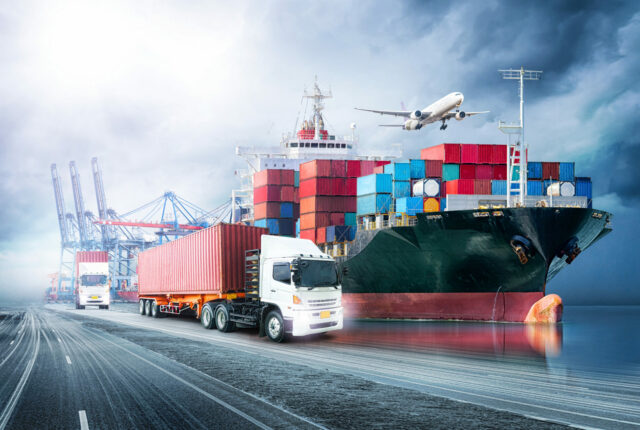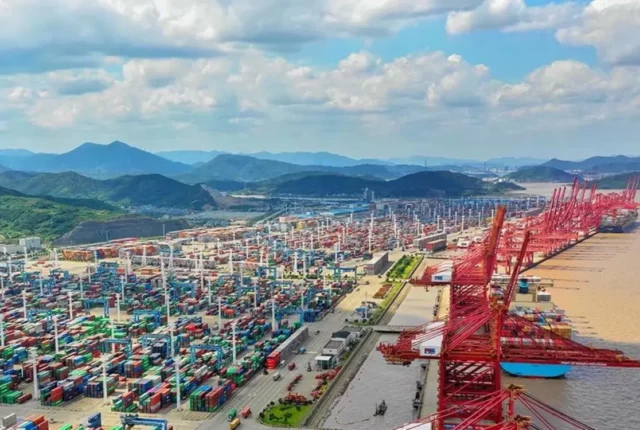
The Cost of Non-Compliance in Hazardous Goods Transportation: Lessons Learned
Transportation of hazardous goods is a critical part of the modern economy, from fuel and chemicals to explosives and radioactive materials. The transportation of such goods comes with great responsibility, and non-compliance can lead to severe consequences, both financial and legal. The cost of non-compliance in hazardous goods transportation can be high, and companies must adhere to strict regulations and safety measures to avoid the risks. This article aims to provide valuable insights into the lessons learned from the cost of non-compliance in hazardous goods transportation, highlighting the importance of complying with safety regulations and ensuring proper transportation of hazardous materials.
Non-compliance in hazardous goods transportation can lead to various consequences, from severe penalties to catastrophic incidents. In this section, we will discuss the lessons learned from the cost of non-compliance in hazardous goods transportation.
- Legal Consequences of Non-Compliance
The legal consequences of non-compliance in hazardous goods transportation can be significant. Violations of safety regulations can lead to hefty fines, suspension or revocation of licenses, and even imprisonment. Companies must adhere to strict regulations, including the Federal Motor Carrier Safety Administration (FMCSA), Pipeline and Hazardous Materials Safety Administration (PHMSA), and Occupational Safety and Health Administration (OSHA) guidelines. Failure to comply with these regulations can result in legal proceedings that can be expensive and time-consuming.
2. Environmental Consequences of Non-Compliance
Non-compliance in hazardous goods transportation can also have environmental consequences. Spills or leaks of hazardous materials can result in severe damage to the environment and public health. The cleanup and remediation of such incidents can be costly and time-consuming. Companies must ensure proper packaging, labeling, and handling of hazardous materials to prevent any environmental damage.
3. Financial Consequences of Non-Compliance
The financial consequences of non-compliance in hazardous goods transportation can be significant. In addition to the legal and environmental costs, companies can also face reputational damage, loss of business, and decreased revenue. Companies must invest in proper training, equipment, and infrastructure to ensure compliance with safety regulations and prevent incidents.
4. Importance of Compliance with Safety Regulations
Compliance with safety regulations is critical for the transportation of hazardous goods. Companies must invest in proper training and equipment to ensure compliance with safety regulations. Adhering to safety regulations can prevent accidents, protect the environment and public health, and minimize the financial and legal consequences of non-compliance.
In conclusion, the transportation of hazardous goods is a critical aspect of the modern economy. However, it comes with a great responsibility, and non-compliance can lead to severe consequences. Companies must adhere to strict safety regulations and invest in proper training, equipment, and infrastructure to ensure compliance with safety regulations. The cost of non-compliance in hazardous goods transportation can be high, and it is crucial for companies to learn from the lessons of non-compliance to prevent accidents and minimize the financial and legal consequences. Let us all be responsible in the transportation of hazardous goods and ensure that safety is always our top priority.






